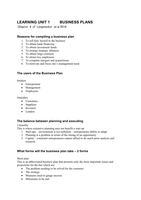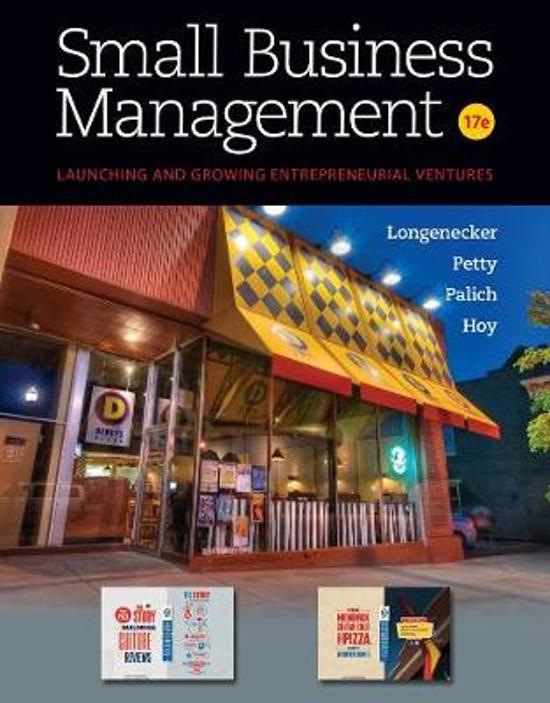Summary
Summary Entrepreneurship and Small Business Management_MNE3701_2017
- Course
- Institution
- Book
MNE3701 study notes includes intensive use of the textbook ( Longenecker, JG. Petty, JW, Palich, LE & Hoy, F. 2014. Small Business Management: Launching and Growing Entrepreneurial Ventures. 17th edition. Cengage Learning.) as set out in the course. I have included all the formula's for the financ...
[Show more]




